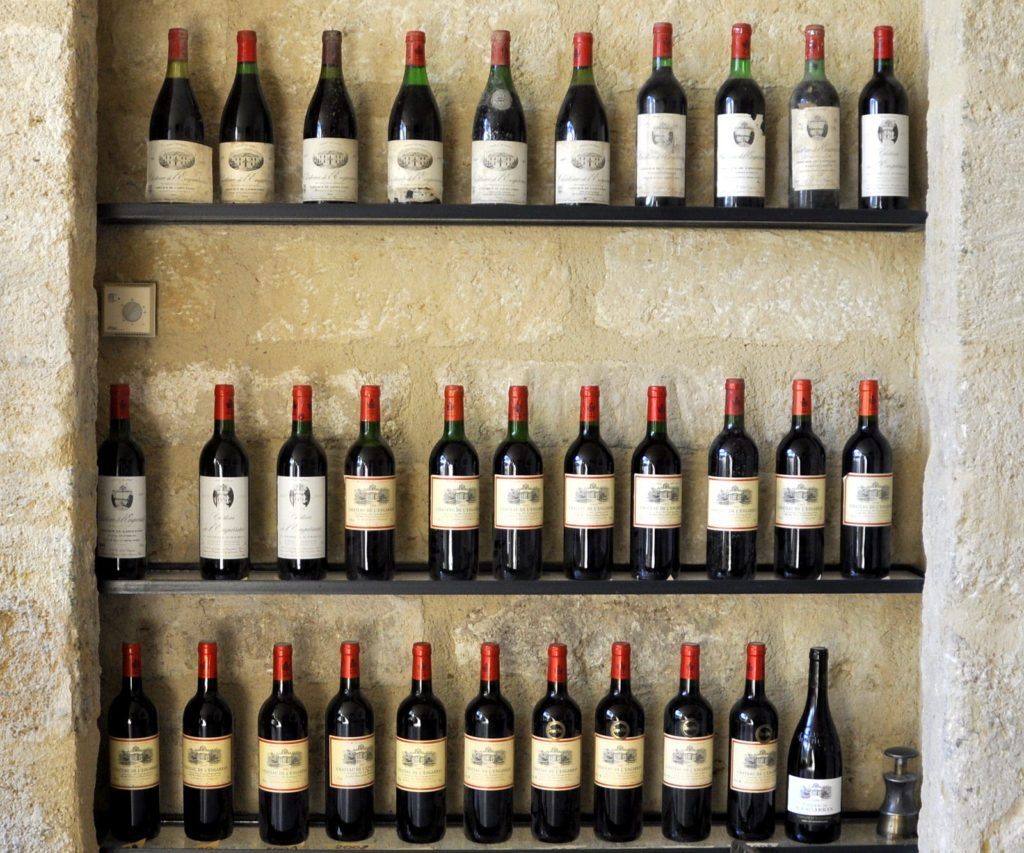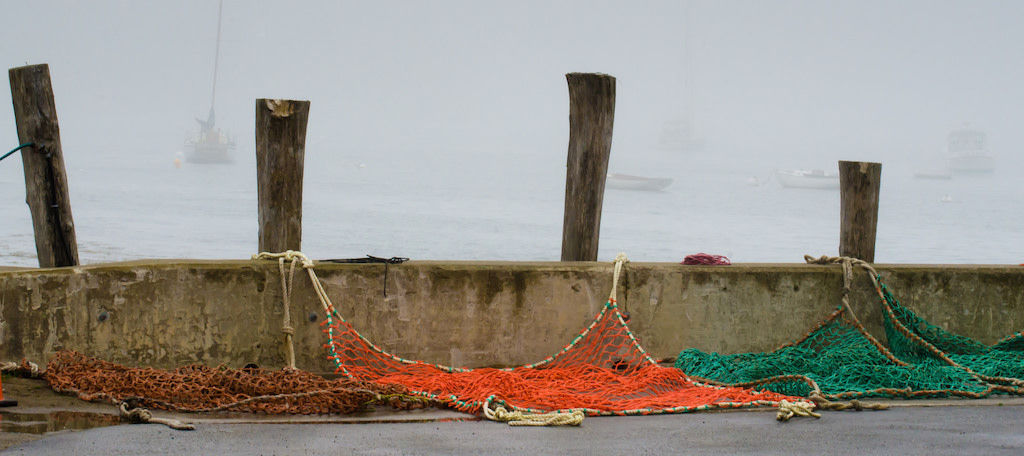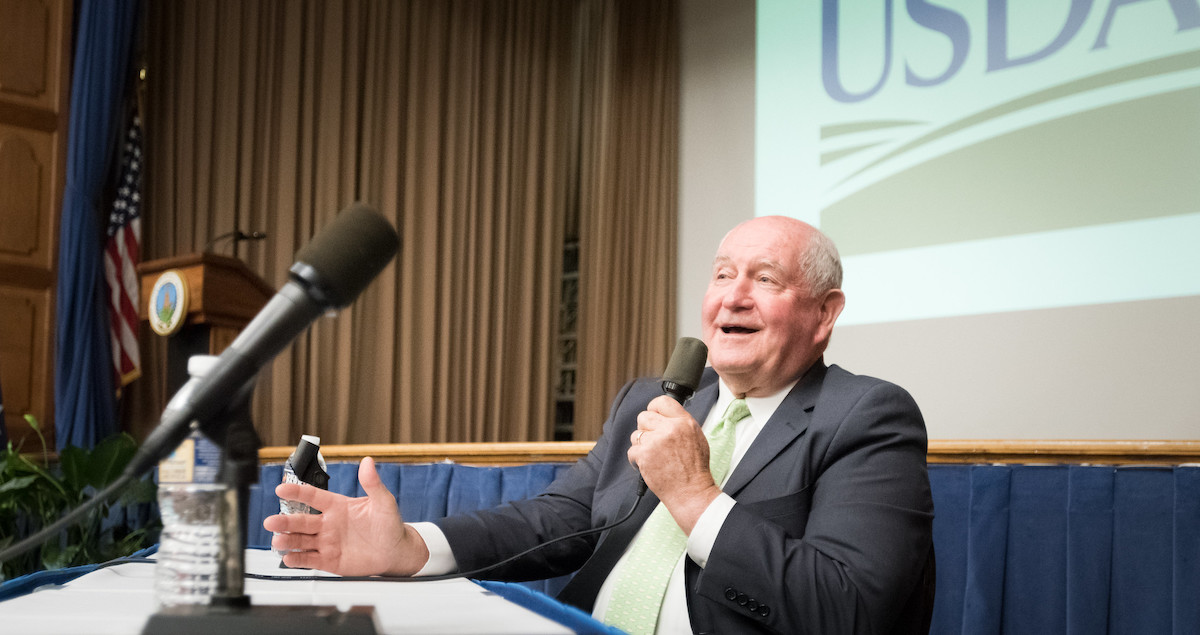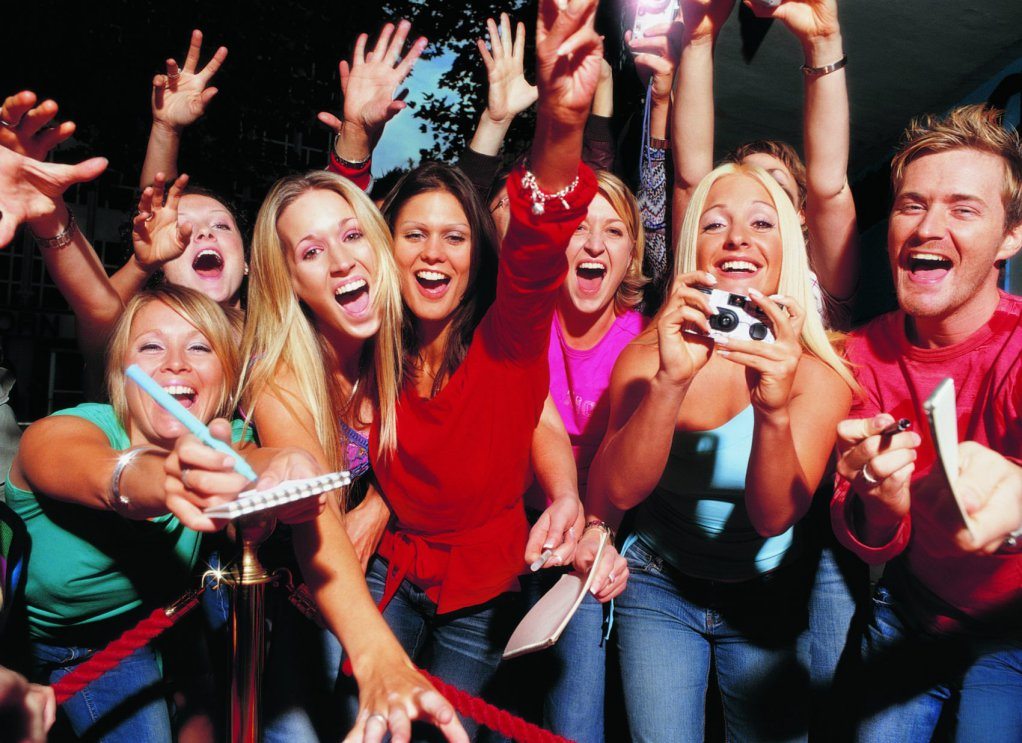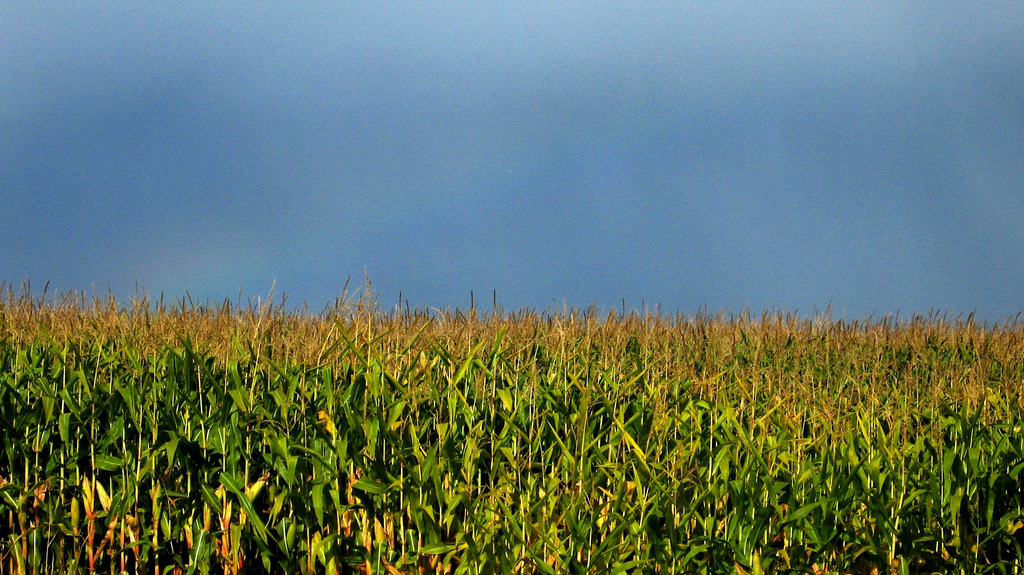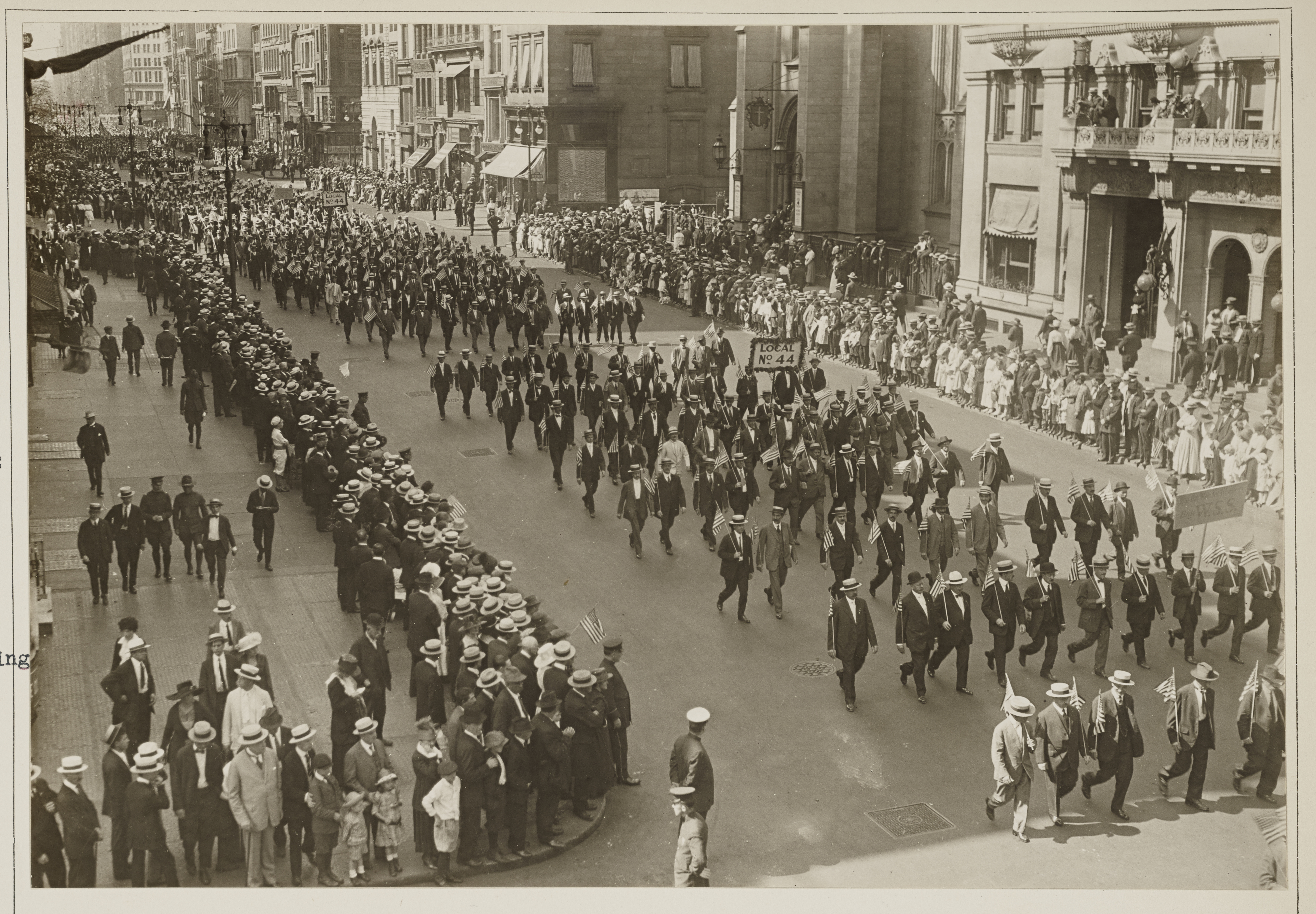Blurred vision. Next time your wine bottle starts talking to you, it may not be a sign that you’ve had too much. Australian company 19 Crimes, named for the handful of offenses that could get you sent to England’s penal colonies back in the day, has introduced an augmented reality app that animates the 18th-century portraits on its labels. All you have to do is aim your phone at a bottle of red, and a long-dead convict comes to life. Kind of.
The company, which has built its brand on glorifying the exile of the 160,000-odd convict-colonists who were sentenced to “punishment by transportation” in the 18th and 19th centuries, launched the campaign in an effort to share “stories of mischief” from the “infamous rogues” who survived the months-long passage from England to Australia.
The campaign has resurrected the characters on three of 19 Crimes’ wine labels. Drinkers committed enough to download the app and find the right bottle—presumably in the right lighting and at the right angle—are rewarded with fifteen to twenty seconds of jerky-but-believable-ish animated portraits saying things like “I believed my story was over, but it was merely the beginning.” (Actually, that was true for the undead John O’Reilly, who was sent to Australia for his participation in a secret society that advocated for Irish independence. He escaped to live in Boston and was reportedly John F. Kennedy’s favorite poet.)
After the huge popularity of Pokemon Go drove foot traffic to nearby restaurants, marketers took note. If food brands launch their own fun games or animated labels, the logic goes, won’t people (and their children) buy more stuff? But so far, the barriers to an augmented reality game on every cereal box and beer bottle have prevented the tech from going all-out mainstream: users typically have to download an app, which takes time and precious phone space. And winning customers by capturing lengthy attention spans may be a losing battle, anyway. It’s really hard to beat Candy Crush.
Maybe the key to successful augmented reality marketing is skipping the app-downloading step entirely. Look at Snapchat, which recently launched the groovy little AR hot dog that went viral, with over 1.5 billion views and counting. Users can move him around with their fingers, and he does flips whenever he stands still. The company’s CEO called it “the world’s first augmented reality superstar.” Imagine a Tony the Tiger Snapchat lens popping up whenever you walk through the cereal aisle and inviting you to (virtually) knock over all the boxes. That’d be fun! (It’d also help brands skirt one of the biggest obstacles to place-based smartphone marketing—finding out where their customers actually are. We’ve written about that before. Read the story here.)
https://www.youtube.com/watch?v=mlPtNwzTkT8
Snapchat has already proved its worth as a marketing gold mine among young users. Gatorade launched a branded Super Bowl lens that let users pour virtual gatorade on their heads (160 million impressions), Taco Bell sponsored a Cinco de Mayo campaign that turned users’ faces into a taco shell, and Cadbury designed a lens that transformed people’s faces into disco balls and floated a “Crunchie” bar across the screen (9 million views in a single day). Turns out, people love to turn their selfies into branded content.
It remains to be seen whether or not 19 Crimes will be able to get enough people to download its app to make the augmented reality project worthwhile. If no one bites, it’s at least a buzzy PR play (lookin’ at you, Tostitos breathalyzer bag). And hey, we fell for it!
